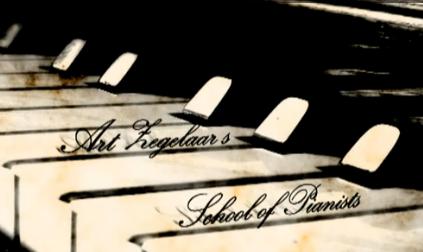Opus 78
This Sonata only has two movements but is very coherent and complete. Both the first movement in pure Sonata Form and the Rondo excel in beauty. Very often this sonata is confused with the Sonatinas, but if it were a Sonatina Beethoven probably would have combined it with the following Sonata. Moreover the Sonatinas were actually given for publication by Beethoven's brother Karl. But this Sonata is too pure in Form and execution to be deemed a Sonatina and the key signature of 6 sharps is to serious too. It deserves to feature on concert programmes more often, after all it was of Beethoven's own favourites and he thought more of it than of the Moonlight Sonata.
Notice that there is a large difference in time between this sonata and the Appassionata, four years in all.
The sonata starts with a beautiful small introduction 'adagio'. The sonata could have easily done without, but alas Beethoven made a statement to open this sonata with this beautiful 'adagio'. Some pianists play this introduction extremely slow. As if to say, this is way too short...
After this opening the beautiful theme of this first movement appears.
 It shows Beethoven has gone a long way since Opus 2, already at such high spirits. After the presentation of the theme he immediately progresses as if he were already in a development section. Due to the long period between Appassionata and this sonata I for this reason propose to let the late period of Beethoven (at least in his Piano Sonatas) start with this Sonata.
It shows Beethoven has gone a long way since Opus 2, already at such high spirits. After the presentation of the theme he immediately progresses as if he were already in a development section. Due to the long period between Appassionata and this sonata I for this reason propose to let the late period of Beethoven (at least in his Piano Sonatas) start with this Sonata.  The second theme is to the point as the first theme and also seamlessly progresses into creative figures to move to the coda or rather repeat of the exposition.
The second theme is to the point as the first theme and also seamlessly progresses into creative figures to move to the coda or rather repeat of the exposition.
The development section takes the theme to the minor of F-sharp. It is good advice to repeat both the exposition and the development + recapitulation.
The final movement is a jolly gesture made by Beethoven and is an indication of his fling with the English, which already appeared in the theme of the Appassionata. We are definitely in a period where Beethoven was trying to impress the English Audience and he was not alone. Also Joseph Haydn took quite some time off from his post with Count Esterhazy to woe British audiences.
 The theme of the rondo is a reminiscence of Britannia ruling the waves. Alas Beethoven looks at it with humour!
The theme of the rondo is a reminiscence of Britannia ruling the waves. Alas Beethoven looks at it with humour!
The cadenzas after the rondo theme are a little chase and get longer and longer as the movement progresses. Good contrasts between loud and soft, bouncy patterns and legatos.
A Sonata not to be missed and the length of it suits our modern attention spans. The Sonata lasts 10 minutes or so. (of course the second movement can do with some speed!)



No comments:
Post a Comment